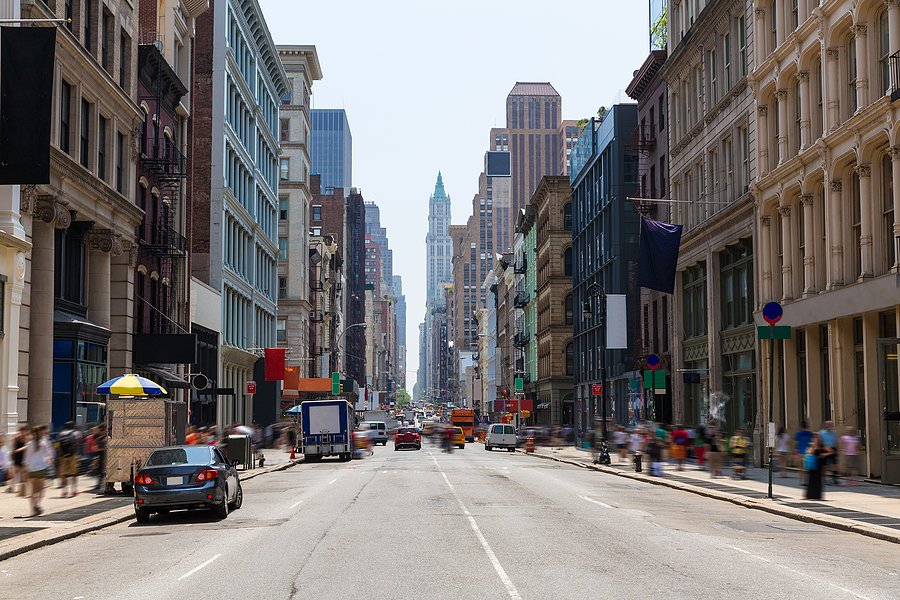Governor Hochul’s Housing Agenda Opens Door for New Housing
By Frank Fortino
New York State’s FY 2025 Enacted Budget marks an important step toward addressing the ongoing housing crisis. This multi-pronged plan reflects months of hard work as state officials met with industry leaders and advocacy groups to create a path forward. One challenge of such compromises is that the resulting solution tends to disappoint all stakeholders to some extent, and the recently approved budget falls in this category. Focusing on the opportunities instead of the setbacks will allow us to maximize the impact of this plan.
Extension of 421-a Incentive
For years, we’ve tried to revive some form of the 421-a tax incentive, which is estimated to have contributed to more than two-thirds of the city’s new multifamily housing over the past decade. The program had its detractors, including those in city government, but it did serve its purpose. Now, certain construction projects vested for 421-a can extend their completion date for an additional five years, until 2031. This extension will support the completion of thousands of at-risk rental units and help expand the city’s housing inventory.
Introduction of 485-x Program (ANNY)
The FY 2025 budget legislation creates the Affordable Neighborhoods for New Yorkers (ANNY) tax incentive, 485-x. Essentially replacing 421-a, this property tax exemption is tiered for eligible construction projects, with small rental projects (6 – 10 units) receiving a 10-year benefit and large projects of at least 100 units receiving 35- and 40-year benefits, depending on total number of units and geographic location.
To qualify for 485-x tax breaks, developers will need to provide permanent affordable housing. Projects with more than 100 units must comply with a citywide minimum wage standard, and projects with more than 150 units in specific geographic areas are required to meet a trade-based construction wage standard.
Commercial Conversions
The new budget also includes the Affordable Housing from Commercial Conversions (AHCC) tax incentive, which provides partial exemption from the city’s property tax for developers that convert nonresidential buildings to residential use. The exemption period ranges from 25 to 35 years, and the exemption percentage decreases in each of the final five years. The AHCC program requires that at least 25% of the housing units in such conversions are permanently affordable.
Higher Residential Density Limits
One important change in the approved budget includes amendments to the New York State Multiple Dwelling Law that ease restrictions on residential density in New York City. Increasing density beyond the 12 Floor Area Ratio (FAR) cap is a process that won’t happen overnight, but these changes open the door, making it possible to build higher-density housing for the first time since the early 1960s—again, with the requirement for a certain number of affordable units.
The Need for Balance and Industry Leadership
As a whole, these initiatives can only improve the quality of life here in New York City. Investing in neighborhoods will improve security and create opportunities for more New Yorkers to live and work in the five boroughs. Realizing this vision, however, will require a balanced approach to development. You can’t overbuild any particular type of use. In addition to developing more affordable housing, we need more schools, as well as playgrounds, parking, and commercial spaces to support these neighborhoods.
The proposals in the state budget are just the beginning. To maximize the potential impact of these changes, city and state government should partner with experienced construction professionals. Industry leaders can provide real-world insight into how we can design and build the future envisioned by government officials. By working together, I have no doubt that we can make this city the greatest in the world.


